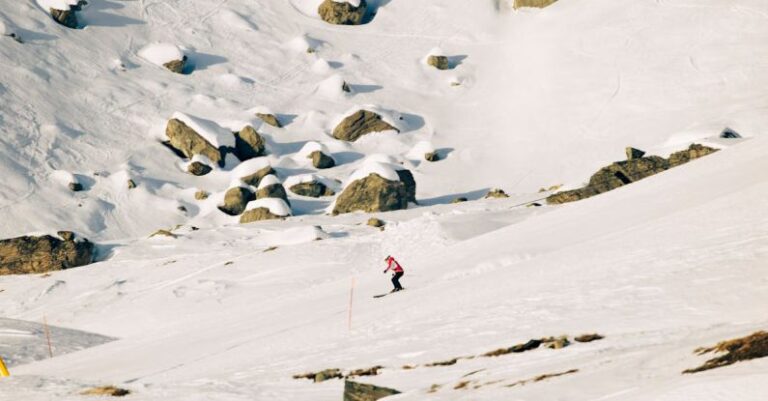
When it comes to ski training, finding the perfect balance between strength and flexibility is essential for enhancing performance on the slopes. As a skier, having a strong and stable core, along with flexible muscles, can significantly improve your skiing technique, prevent injuries, and boost overall agility. In this article, we will explore how to effectively balance strength and flexibility in ski training to help you reach your peak skiing potential.
**Understanding the Importance of Strength and Flexibility**
Strength and flexibility are two key components that work hand in hand to optimize your skiing abilities. Strength is crucial for powering through turns, maintaining stability on uneven terrain, and preventing fatigue. On the other hand, flexibility plays a vital role in achieving proper body alignment, enhancing range of motion, and reducing the risk of muscle strain or tears.
**Incorporating Strength Training**
Strength training is essential for building the muscular power needed to tackle challenging slopes with confidence. Focus on exercises that target your lower body, core, and upper body to create a well-rounded strength training routine. Squats, lunges, deadlifts, and calf raises can help strengthen your lower body, while planks, Russian twists, and bicycle crunches are excellent for core stability. Incorporating resistance bands, stability balls, and free weights into your workouts can add variety and intensity to your strength training regimen.
**Emphasizing Flexibility Exercises**
Flexibility is key for achieving fluid and controlled movements on the slopes. Incorporating regular stretching exercises into your ski training routine can help improve your overall flexibility and prevent muscle stiffness. Focus on stretching your hamstrings, quadriceps, hip flexors, calves, and lower back to enhance your range of motion and promote muscle relaxation. Yoga, Pilates, and dynamic stretching routines are excellent options for improving flexibility while also enhancing core strength and balance.
**Balance and Coordination Drills**
In addition to strength and flexibility training, incorporating balance and coordination drills into your ski training can further enhance your performance on the slopes. Balancing exercises such as single-leg squats, stability ball exercises, and Bosu ball drills can help improve your stability and control while skiing. Coordination drills like ladder drills, cone drills, and agility exercises can also help sharpen your reflexes and reaction times on the mountain.
**Cross-Training for Skiing**
Cross-training is a great way to complement your ski training routine and improve your overall fitness levels. Activities such as cycling, swimming, running, and hiking can help build cardiovascular endurance, strengthen different muscle groups, and prevent overuse injuries associated with skiing. Engaging in a variety of cross-training activities can also help prevent boredom, plateaus, and burnout in your ski training regimen.
**Recovery and Rest**
Rest and recovery are vital components of any ski training program. Adequate rest allows your muscles to repair and rebuild after intense workouts, reducing the risk of overtraining and injuries. Make sure to incorporate rest days into your training schedule and prioritize quality sleep to ensure your body is fully recovered and ready for your next ski session. Additionally, incorporating foam rolling, massage therapy, and stretching into your recovery routine can help alleviate muscle soreness and improve overall flexibility.
**Optimizing Your Ski Training Regimen**
Finding the right balance between strength and flexibility in your ski training is a continuous process that requires dedication, consistency, and a willingness to challenge yourself. By incorporating a variety of strength training exercises, flexibility routines, balance drills, and cross-training activities into your ski training regimen, you can enhance your skiing performance and take your skills to the next level. Remember to listen to your body, prioritize proper form, and adjust your training as needed to ensure a safe and effective workout routine.
**Striking the Perfect Balance**
Achieving the perfect balance between strength and flexibility in your ski training is a dynamic process that evolves as you progress in your skiing journey. By focusing on building strength, enhancing flexibility, incorporating balance and coordination drills, cross-training effectively, and prioritizing rest and recovery, you can optimize your ski training regimen and elevate your performance on the slopes. Keep challenging yourself, staying motivated, and embracing the journey towards becoming a stronger, more flexible, and skilled skier.





